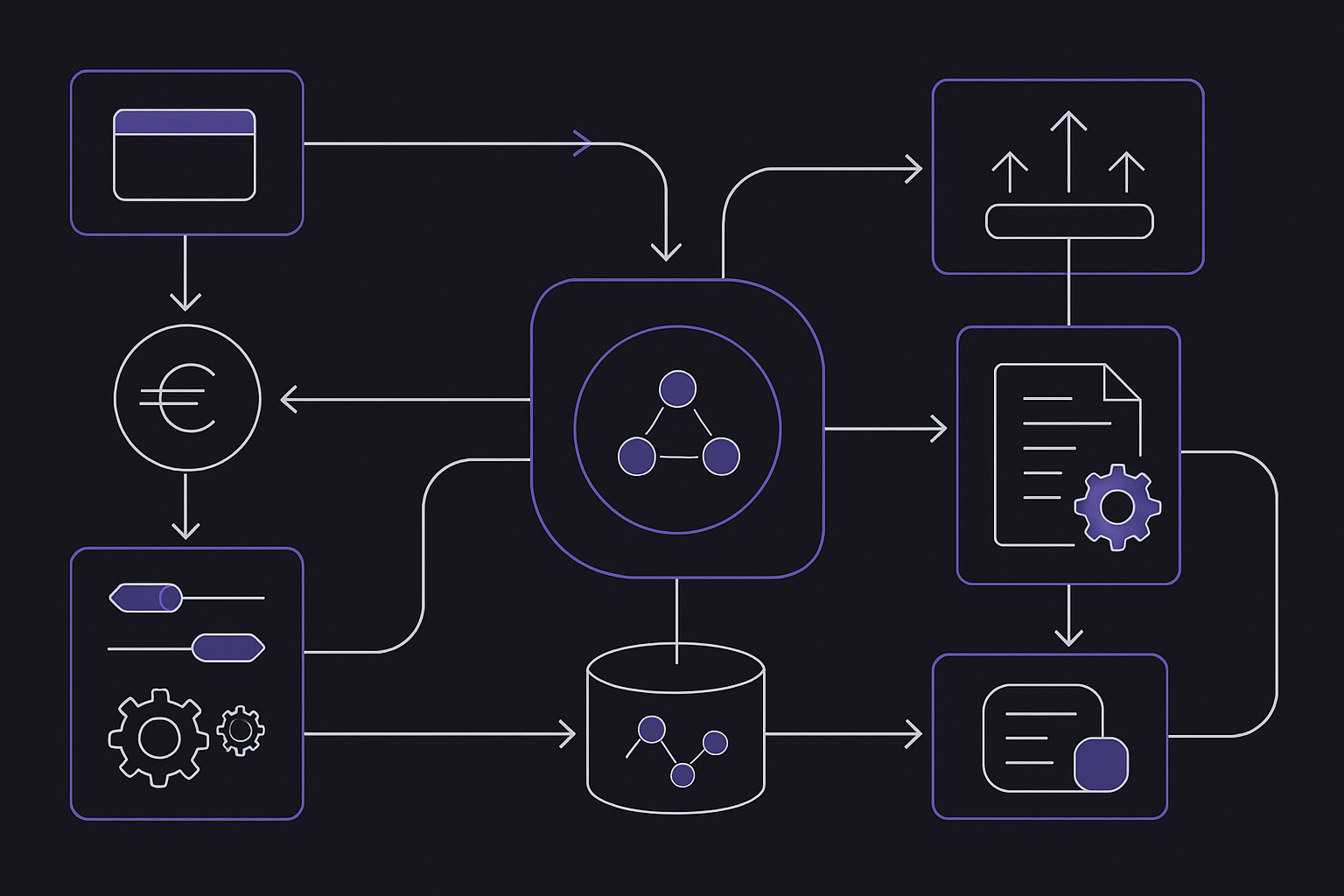JPYC: Japan’s First Regulated Yen Stablecoin Explained – Launch, Use Cases & Impact (2024)

Japan is poised to make a decisive mark on the global stablecoin landscape with the formal launch of JPYC, its first regulated yen-backed stablecoin. In August 2025, fintech startup JPYC secured approval from Japan’s Financial Services Agency (FSA), paving the way for a digital yen asset that stands at the intersection of blockchain innovation and strict regulatory oversight. As the world’s third-largest economy steps into the non-USD stablecoin arena, institutional investors and crypto market participants are watching closely to see how JPYC will reshape digital finance both within Japan and across Asia.
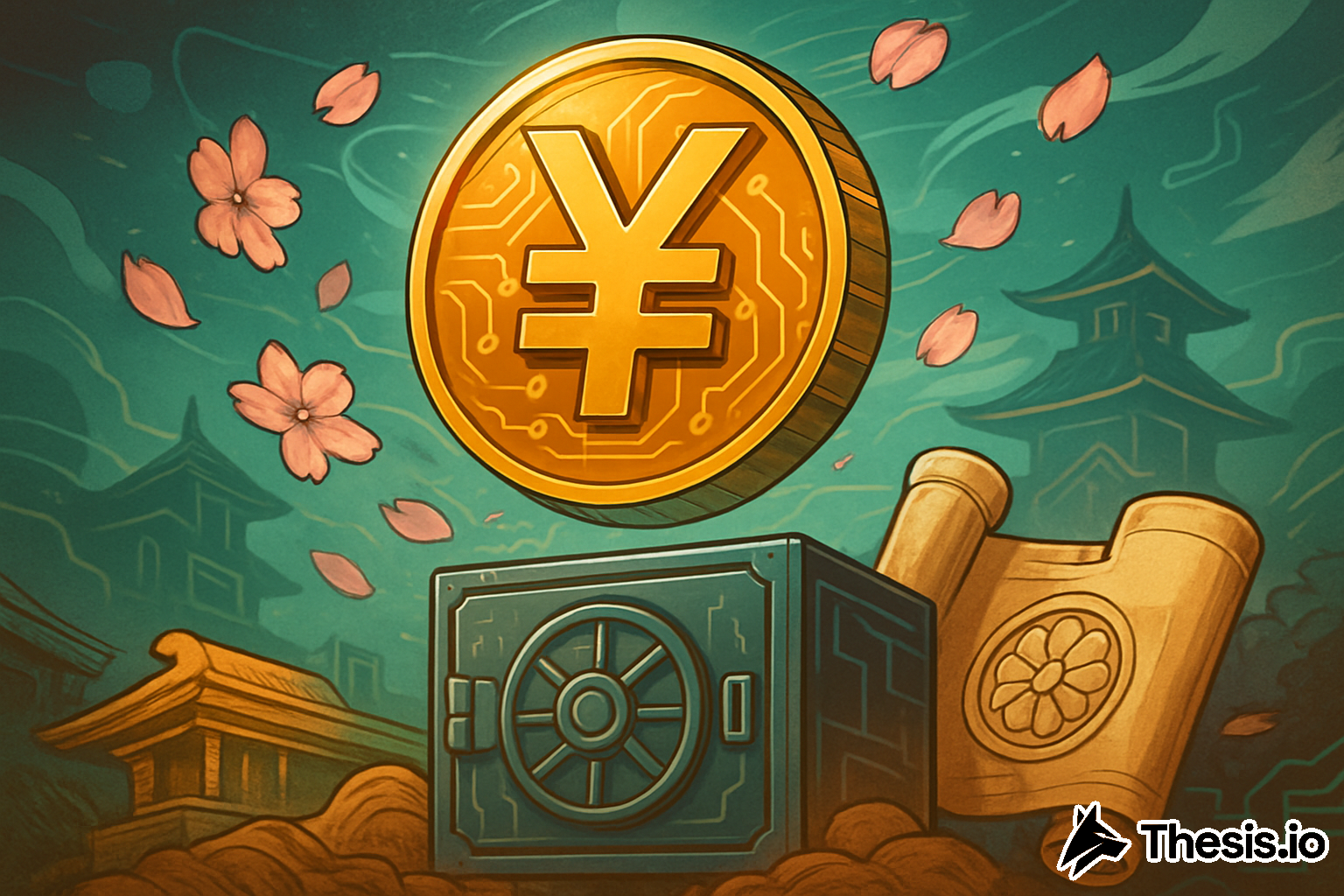
What Sets JPYC Apart in Japan’s Crypto Ecosystem?
Unlike previous attempts at yen-pegged tokens, JPYC is not just another experimental crypto project. It is fully licensed under Japan’s revised Payment Services Act, which came into effect in June 2023. This legal framework requires that all stablecoin issuers be registered as banks, trust companies, or money transfer services. JPYC operates as a money transfer business under direct FSA supervision, subject to rigorous oversight and transparency requirements.
The stablecoin is 100% backed by domestic bank deposits and Japanese government bonds (JGBs), with an additional 1% over-collateralization buffer required by law. This ensures that every JPYC token remains redeemable for one Japanese yen at all times, providing stability even in volatile markets. The reserves are held transparently in regulated financial institutions with weekly audits, a marked contrast to some offshore stablecoins whose backing has been questioned.
“JPYC’s launch is more than a technical milestone, it’s a statement about how regulatory clarity can foster innovation while protecting users. “
The Mechanics: How JPYC Is Issued, Redeemed, and Traded
JPYC will be issued as an ERC-20 token on Ethereum, Avalanche, and Polygon networks. This multi-chain approach gives users broad access across DeFi protocols while maintaining compliance with Japanese law. The issuance process mirrors traditional banking: users apply through authorized platforms, transfer yen via bank wire or other approved channels, and receive an equal amount of JPYC in their digital wallets.
No transaction fees will be charged by JPYC itself. Instead, revenue comes from interest earned on JGBs held as collateral, a model reminiscent of major USD stablecoins but tailored to Japan’s unique financial environment. Importantly, instant redemption at par value is guaranteed; users can convert their JPYC back to fiat yen quickly through regulated partners.
Strategic Use Cases: From Carry Trades to Institutional Finance
The arrival of a compliant yen stablecoin opens up new strategies for both crypto-native traders and traditional finance players:
Key Use Cases for JPYC Stablecoin in 2025
-

Carry Trades Leveraging Interest Rate Differentials: JPYC enables institutional investors and hedge funds to execute carry trades by exploiting the gap between Japan’s low interest rates and higher-yielding foreign currencies. The stablecoin’s 1:1 yen peg and backing by Japanese government bonds (JGBs) provide a secure, regulated vehicle for these strategies, potentially increasing demand for JGBs.
-
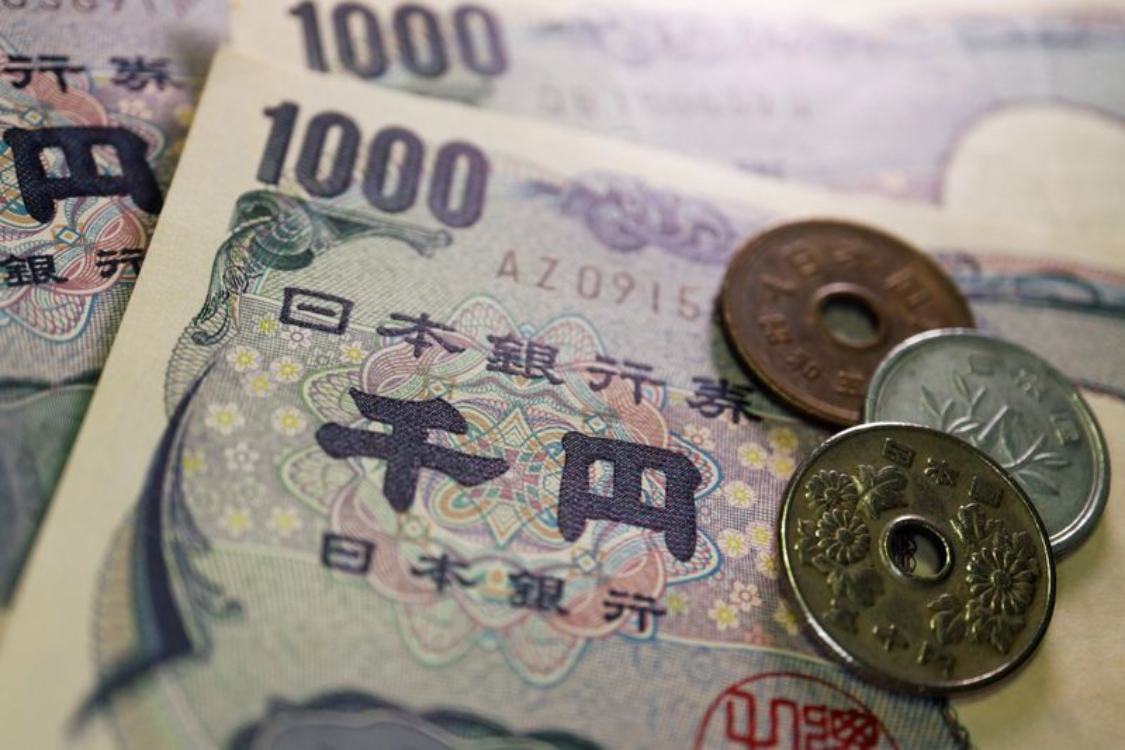
Seamless Cross-Border Payments for Japanese Exporters & Importers: With JPYC, Japanese businesses can settle international transactions instantly and at low cost, bypassing traditional banking rails. The stablecoin’s full yen convertibility and blockchain-based settlement reduce FX risks and accelerate remittances for exporters and importers.
-

DeFi Integrations on Ethereum, Avalanche, and Polygon: JPYC is issued as an ERC-20 token on major blockchains like Ethereum, Avalanche, and Polygon, enabling direct integration with decentralized finance (DeFi) protocols. Users can provide liquidity, earn yields, and access lending/borrowing markets with a regulated, yen-pegged asset.
-

Institutional Settlements Using JGB-Backed Assets: Financial institutions can use JPYC for settling trades and payments with the assurance of full backing by Japanese government bonds. This supports instant, transparent, and programmable settlement processes, aligning with regulatory requirements and reducing counterparty risk.
-

Alternative to Dollar-Pegged Stablecoins for International Remittances: JPYC offers a yen-backed alternative to USDT and USDC, empowering Japanese corporates and individuals to send and receive cross-border payments in their home currency. This reduces reliance on the US dollar in global crypto and fintech transactions.
A particularly notable application is in carry trades. With Japan maintaining ultra-low interest rates compared to other major economies, traders can borrow in yen (via JPYC) at low cost and invest in higher-yielding assets elsewhere, an established macro strategy now turbocharged by blockchain liquidity. Additionally, because reserves are largely allocated to JGBs (starting at 80% bonds/20% deposits), every new issuance could translate into increased demand for government debt, echoing how USDC and USDT have become significant buyers of US Treasuries.
This dynamic has deep implications for both the Japanese bond market and global capital flows. As more institutions seek exposure to non-USD stablecoins for portfolio diversification or hedging currency risk, especially amid shifting geopolitics, the role of regulated assets like JPYC becomes increasingly vital.
The regulatory clarity underpinning JPYC is already catalyzing integrations across Japan’s fintech sector. Major banks, payment platforms, and DeFi protocols are moving to support JPYC, with enterprise-grade tools and APIs in development for seamless adoption. This collaborative approach between private innovators and regulated financial entities is positioning Japan as a model for stablecoin governance, one that balances innovation with systemic safeguards.
For international businesses and remittance providers, JPYC offers a compelling alternative to dollar-based stablecoins. The ability to settle transactions in digital yen, instantly and at scale, reduces FX risk for Japanese exporters and provides new rails for cross-border commerce. With the yen’s global importance as a reserve currency, this move could gradually erode the dominance of USD-backed tokens in Asia-Pacific trade corridors.
JPYC’s Economic Impact: Bond Market Demand and Beyond
The launch of JPYC is expected to have far-reaching effects on Japan’s sovereign debt market. As stablecoin issuance grows, JPYC targets up to ¥1 trillion in circulation within three years, demand for JGBs will rise accordingly. This mirrors trends seen in the US stablecoin ecosystem, where issuers are now among the largest holders of short-term Treasuries.
For investors, this means that holding JPYC is not just about digital convenience; it’s also about gaining indirect exposure to one of the world’s largest government bond markets. The company projects gross profits of around ¥5 billion ($34 million) annually per ¥1 trillion issued, driven by bond yields, a figure that underscores the symbiotic relationship between crypto assets and traditional finance.
How JPYC Is Transforming Japan’s Financial System
-

Boosting Demand for Japanese Government Bonds (JGBs): JPYC is fully backed by domestic savings and short-term Japanese government bonds, creating a direct link between stablecoin issuance and bond purchases. As more JPYC is issued, institutional demand for JGBs is expected to rise, mirroring how US stablecoins have become major buyers of US Treasuries.
-
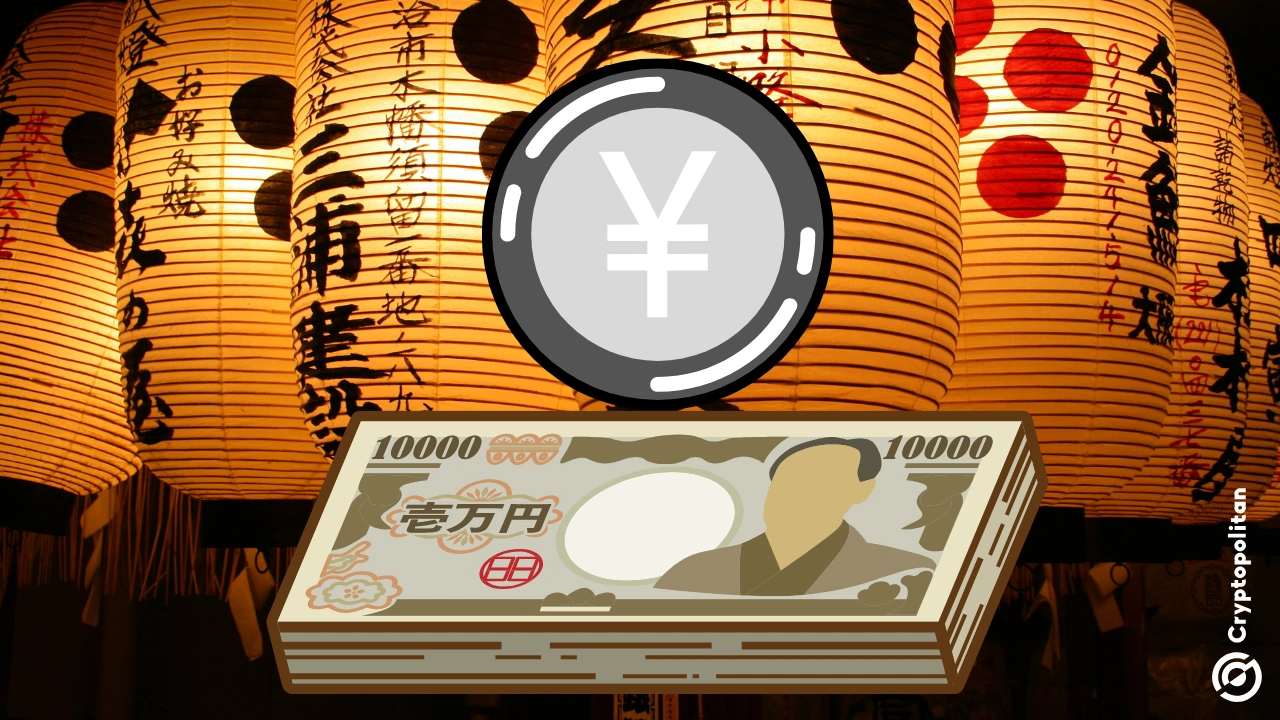
New FX Hedging Tool for Corporates: With its yen-pegged, fully regulated, and instantly redeemable structure, JPYC offers Japanese and international companies a new instrument to hedge currency risk, especially for cross-border payments and trade settlement, reducing reliance on dollar-pegged stablecoins like USDT and USDC.
-

Programmable Payments for Fintech and Enterprise Apps: As an ERC-20 token available on Ethereum, Avalanche, and Polygon, JPYC enables programmable, automated payments for fintech platforms and enterprise systems, unlocking new business models and streamlining operations through smart contracts.
-

Enabling Carry Trades and DeFi Strategies: JPYC’s stable value and blockchain-native format facilitate carry trades that exploit interest rate differentials between the yen and other currencies, and allow integration with decentralized finance (DeFi) protocols for yield generation and liquidity provision.
-
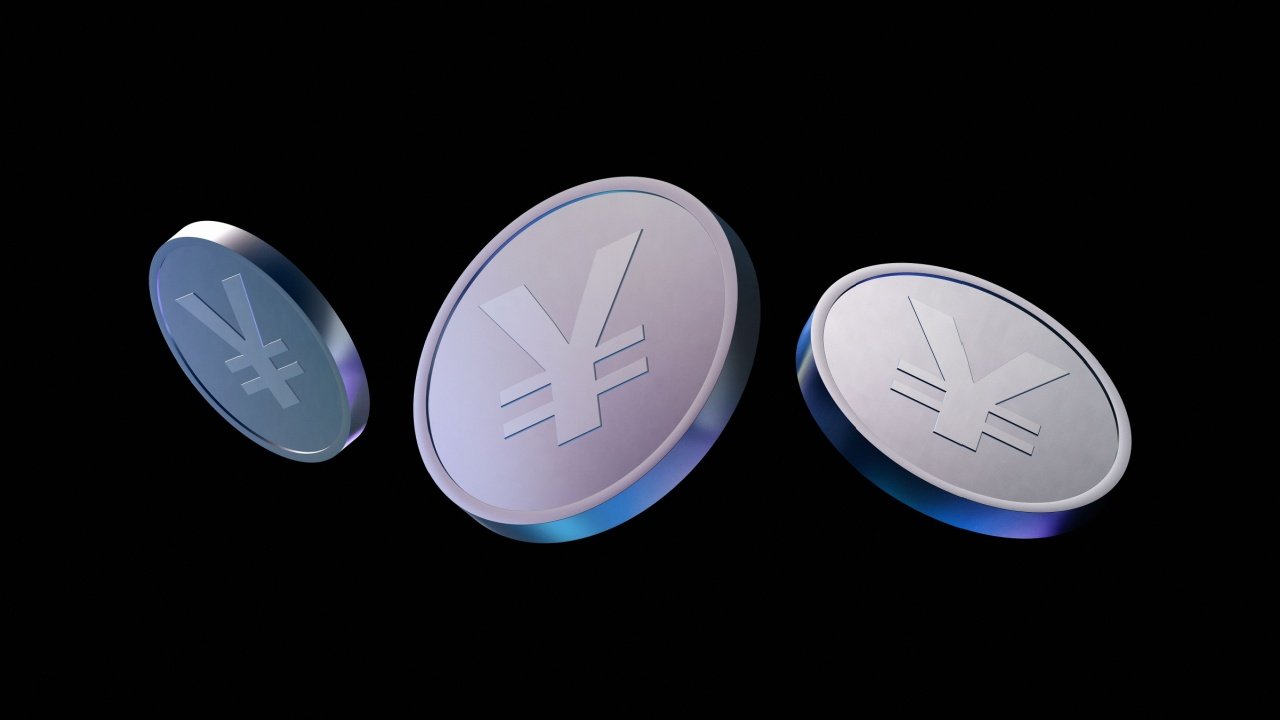
Instant, Low-Cost Remittances and International Payments: By leveraging blockchain rails and zero transaction fees, JPYC streamlines cross-border remittances and payments, providing a faster, more transparent alternative to traditional banking channels and reducing costs for individuals and businesses.
Moreover, JPYC’s programmable nature unlocks new possibilities for automated payments, escrow services, and smart contract-driven settlements across supply chains. As more Japanese enterprises experiment with blockchain-based finance, expect rapid growth in use cases well beyond simple transfers or speculative trading.
Risks and Regulatory Watchpoints
Despite its promise, JPYC faces meaningful risks. The stability of its peg depends on prudent collateral management and ongoing trust in JGBs as safe assets. Any sharp volatility in Japan’s bond market, or regulatory changes affecting reserve composition, could test investor confidence. Additionally, as with all stablecoins, operational security remains paramount; robust audits and transparent reporting will be essential to maintain credibility over time.
Regulatory scrutiny will likely intensify as volumes scale. The FSA’s requirements for 101% collateralization within one week of issuance set a high bar but also create operational complexity if redemption spikes occur during periods of market stress. International expansion may face additional hurdles given divergent global standards on digital asset compliance.
The Macro Picture: What JPYC Means for Non-USD Stablecoins
The arrival of a fully regulated yen-pegged cryptocurrency is a watershed moment for non-USD stables in Asia, and globally. For too long, dollar dominance has limited true currency diversification within crypto markets. By bringing the yen on-chain under strict oversight, Japan is laying groundwork that other major economies may soon follow.
As adoption accelerates among institutions seeking alternatives to USDT or USDC exposure, and as Japanese regulators continue refining their frameworks, the next phase will be interoperability between national stablecoins across borders. If successful, this could mark the start of a multipolar era where regional currencies enjoy equal footing alongside the dollar in digital finance.
To explore more about how yen stablecoins are transforming regulated crypto markets in Japan, including technical guides and deep dives into DeFi integrations, visit this resource.





